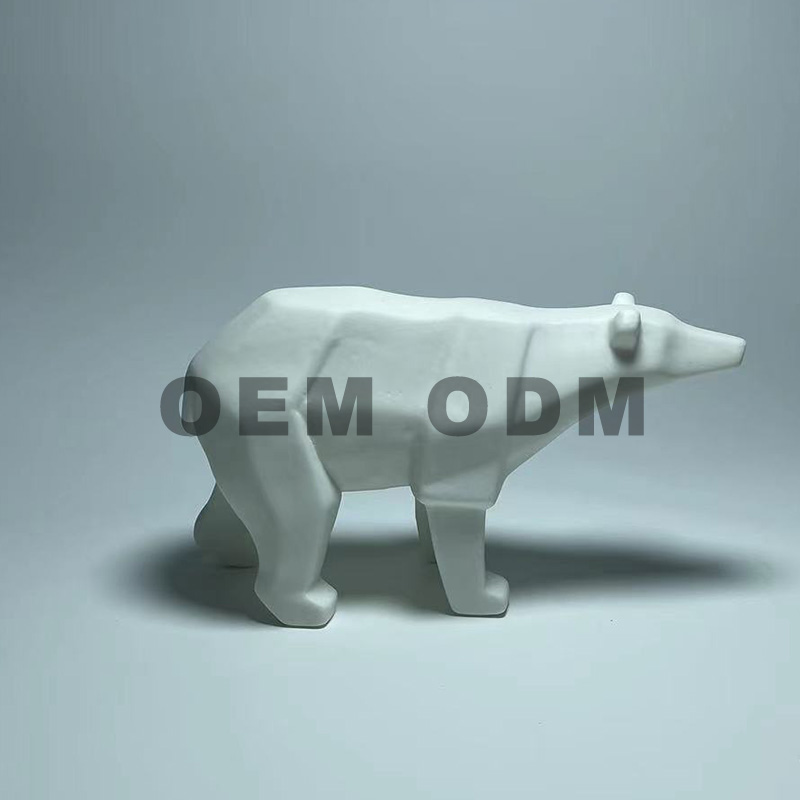Green Choices: Exploring Eco-Friendly Options for Sourcing White Porcelain in DIY Projects
2024-03-07
As environmental consciousness continues to grow, so does the demand for sustainable and eco-friendly materials in DIY projects. While white porcelain is renowned for its timeless elegance and durability, homeowners and DIY enthusiasts are increasingly seeking environmentally responsible options for sourcing porcelain materials. In this blog post, we'll explore the eco-friendly alternatives and sustainable practices available for sourcing white porcelain in DIY projects, allowing you to create beautiful spaces while minimizing your environmental footprint.
1. Recycled Porcelain:
a. Post-Consumer Recycled Content: Some manufacturers offer white porcelain tiles and products made from post-consumer recycled porcelain. These materials are sourced from discarded porcelain fixtures, tiles, and other items, diverting waste from landfills and reducing the need for virgin materials. Choosing recycled porcelain helps conserve natural resources and reduces energy consumption associated with manufacturing new materials.
b. Industrial Waste Recycling: In addition to post-consumer recycled content, some manufacturers utilize industrial waste recycling processes to produce white porcelain tiles and products. By reclaiming and repurposing waste materials generated during the production process, these manufacturers minimize waste and environmental impact while creating sustainable alternatives for DIY projects.
2. Sustainable Production Practices:
a. Energy-Efficient Manufacturing: Look for white porcelain manufacturers that prioritize energy-efficient production practices and utilize renewable energy sources such as solar or wind power. By reducing energy consumption and greenhouse gas emissions, these manufacturers contribute to a more sustainable and eco-friendly production process.
b. Water Conservation: Sustainable porcelain manufacturers implement water-saving measures and technologies to minimize water consumption during production. From closed-loop water recycling systems to efficient water management practices, these initiatives help conserve freshwater resources and reduce environmental impact.
3. Locally Sourced Materials:
a. Regional Sourcing: Opting for white porcelain materials sourced from local or regional suppliers reduces the carbon footprint associated with transportation and distribution. By supporting local businesses and manufacturers, DIY enthusiasts can contribute to the growth of their communities while minimizing environmental impact.
b. Certification Programs: Look for white porcelain products certified by reputable sustainability organizations such as the Forest Stewardship Council (FSC) or the United States Green Building Council (USGBC). These certifications ensure that the materials meet stringent environmental and social responsibility standards, providing assurance of their eco-friendly credentials.
4. Low-Impact Installation Practices:
a. Eco-Friendly Adhesives and Grouts: Choose low-VOC (volatile organic compound) adhesives and grouts for installing white porcelain tiles and products. These eco-friendly alternatives release fewer harmful chemicals into the air, promoting healthier indoor air quality and reducing environmental impact.
b. Minimal Waste Generation: Practice efficient cutting and installation techniques to minimize waste generation during the installation process. By optimizing material usage and recycling or repurposing leftover porcelain scraps, DIY enthusiasts can reduce waste sent to landfills and conserve valuable resources.
In conclusion, eco-friendly options for sourcing white porcelain in DIY projects are readily available, allowing homeowners and DIY enthusiasts to create beautiful spaces while minimizing their environmental footprint. By choosing recycled materials, supporting sustainable production practices, opting for locally sourced materials, and practicing low-impact installation techniques, you can enjoy the timeless beauty of white porcelain while contributing to a greener and more sustainable future.



